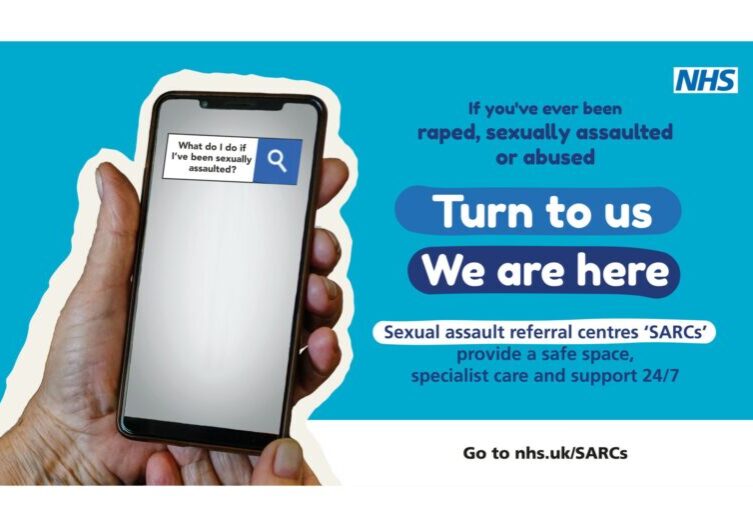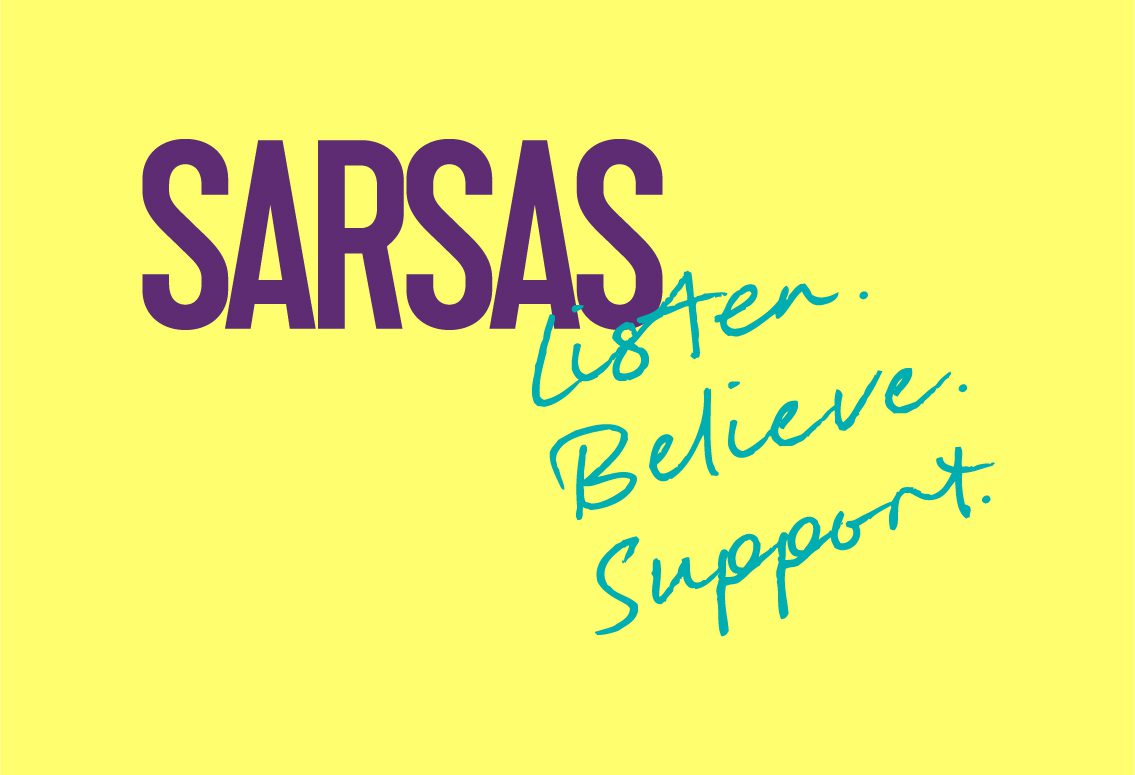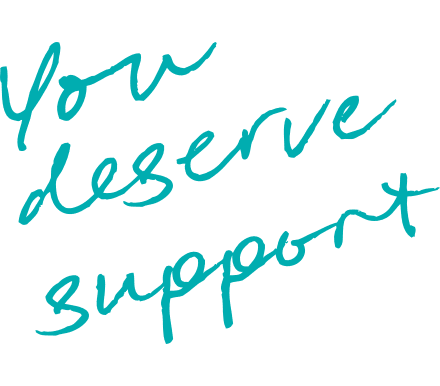
Trauma and dissociation: part two
What can be useful as part of the recovery from dissociation trauma?
The way to recover from trauma dissociation is the same regardless of whether the trauma occurred during childhood or as an adult and if the dissociation is felt as protective or scary.
Firstly, I will start out by looking at some of the different rhythms in your life. I’ve broken these up below.
Creating rhythms of rest, looking after your wellbeing and seeking a lifestyle change: this includes looking at your schedule of activities and simplifying it so that it does not feel like you’re being forced to hurry. It also demands a reordering of priorities for your activities and introducing new ones that reduce stress and refresh you. Suggested activities include:
- going for peaceful walks or running outside
- yoga, swimming, going to the gym
- reading
- listening to music.All these activities are known to reduce stress, improve wellbeing and connection with yourself and your body.
Exploring rhythms of sleep: this is because, for the brain to heal, it’s usual to need more sleep. A gentle wind-down routine before bed and a gentle start to the day are needed as your system has become wired to stress.
Exploring rhythms of nourishment: ensuring that you have regular nourishing food is important as dissociation takes a lot of energy from your body. If you are coming back from a dissociative absence, it is helpful to eat something you like which quickly releases sugar into your system to stabilise your body’s energy. Extra fluids can also be helpful as lots of people experience headaches when coming back from times of dissociation.
Of course, regular nourishment is important for everyone but for people who are struggling with memory or focus and are losing a lot of time to dissociation, this can be highly stressful to organize. Have lots of compassion and grace for yourself wherever you are at with things like cooking and remembering to feed yourself.
Some simple tips that might help are: batch cooking some healthy food on your good days, freeze it and heat it up on those difficult days
order some healthy microwaveable ready meals
set alarms on your phone to remind you to eat.
What next?
Once these stabilisation tools and rhythms are in place, I usually start doing some gentle exercises with clients. These exercises help someone notice their environment and body more deeply and begin to reconnect with their internal felt senses. I’ve listed some of the exercises I use below.
Notice the way that your body tells you what you like:
- How does your body communicate that you want something – how does your body communicate a ‘yes’?
- Notice the signs that your body might feel stressed, tired, or anxious.
- How does your body communicate this? How does your body communicate a ‘no’?
When we override and violate our internal ‘no’, numbness and disconnection become harder to come back from and we prolong our recovery time by draining ourselves empty.
Tuning into the internal felt senses of the body can be a very intense and scary experience, at times, because your body experienced the same trauma you did and did not want to be there anymore than your mind. Learning the body’s language can bring up feelings of grief, anxiety, and pain. However, ignoring and avoiding the pain of our human response to something that harms us means that our warning systems don’t draw our attention to a wound that needs attention to heal. This is what keeps most people trapped in their dissociation and trauma.
Visualise a safe space
If I was working with you on this, I would encourage you to visualize a safe space, maybe based on some positive memories or real places or just somewhere that feels safe to you… My safe space is always the ocean breathing in and out with the waves: you’re welcome to use that one if it helps.
Have a shower intentionally and slowly move the shower-head over every inch of your body.
Notice how the pressure feels on every inch of your body, welcoming your soul back into your body telling it that it is safe to return.
Stay present with the pain and accept it with compassion
When you tune into your body and feel overwhelmed by the intensity of its distress, try to stay present with the pain, acknowledge and accept it with compassion, rather than trying to silence it. Speak to your body with understanding and offer it memories that are filled with love, joy, and safety (if you have them) so that your body can move past the stuck trauma responses. This takes time and deep compassion and embracing the pain of recovery is not easy but it’s worth it.
Finally, if I were working with you during this time of reconnection, I might welcome you back to being human, back to the land of the living and those who can be hurt. It’s so worth it because, while this world is hard and uncertain, it is also beautiful and filled with joy and relationships where your vulnerability and love are a strength, not a thing to be abused. Joy in the present may feel dangerous and like it can be stolen at any moment but I have found that joy and gratitude are the greatest strengths and builders of resilience on this road to recovery.
If this blog has been relevant to you, there are two books I would recommend:
- Complex PTSD from surviving to thriving by Pete Walker
- In an unspoken voice by Peter Lavine.
If you have experienced dissociation, know that we are here to listen, believe and support you. You can chat to us about how you are feeling on our helpline.
The latest from our news and blogs

What is a sexual assault referral centre (SARC)?
A SARC can offer free, confidential medical, practical and emotional support to people who have been raped, sexually abused or assaulted at any point in their lives. They’re usually provided by the NHS, but will always have specially trained doctors, nurses and support workers.




